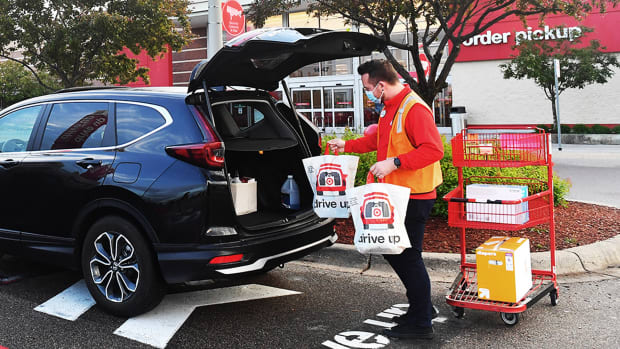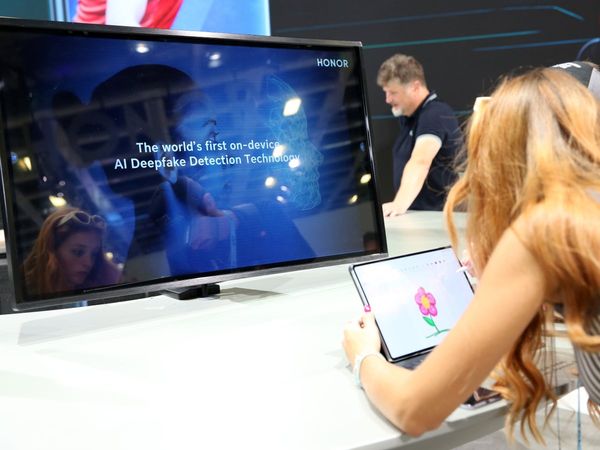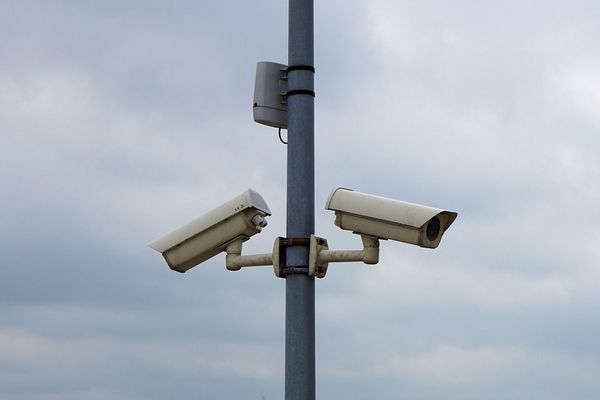Thanks in part to the way covid changed the world when it arrived in 2020, people shop differently today than they did before it.
Forced to adapt to a new reality, retailers hustled to find ways to serve customers that were under stay-at-home orders or, for safety reasons, chose to avoid public places.
Curbside pickup went from a rare specialty service to one most major retailers offered, enabling customers to pay online in advance and simply drive by to pick up their purchases.
Home-delivery services such as Instacart, Doordash (DASH), and Shipt (TGT) also made it possible to skip the drive altogether. A third party went to the store, retrieved your order and delivered it to your doorstep. And even though use of these services has certainly dropped since its initial pandemic spike, they're still very popular.
While many Americans have felt comfortable enough to stop wearing masks and go back to the stores they shopped at prepandemic, these services have shown no sign of going away. In fact, they've become part of the fabric of how we shop.
Now new data from a Harvard study presents a better look at just how much we've grown to rely on the conveniences of "Buy Online, Pick Up In Store," or Bopis.

Target
Convenience Has Become the Norm
Harvard analyzed 49 million online and in-store transactions from a national retail chain before and after a competitor introduced Bopis services.
The report found that the company that did not offer Bopis lost 4.7% of online sales and 1.8% of in-store sales.
It also found that the decline was sharper if the competitor in question was closer. This suggested that customers chose the stores that would enable them to buy online and pick up their merchandise rather than the ones that didn't offer the service.
Harvard also found that in-store sales of higher-ticket items dropped in favor of nearby competitors if they offered Bopis. This showed that shoppers were more willing to buy more expensive items as long as the process of picking them up (or returning them) felt effortless.
Stores like Target (TGT) have leaned even further into the Bopis method for this very reason. The Minneapolis retail giant expanded the number of drive-up parking spots at its stores and said in February that it would also offer returns and Starbucks (SBUX) drink delivery for customers driving up to pick up orders.
Convenient, Yes. But It Costs.
While the convenience is great, Bopis services come at a cost to the retailer. Offering curbside pickup means the store must put in place a system that requires additional staff, appropriate software to manage inventory, and parking space for the customers who use the service.
But the data suggest that retailers will be forced to adapt and add Bopis to their omnichannel retail strategies or lose out on sales. The number of shoppers who use Bopis is still high: Two-thirds of shoppers were opting to use it as of 2022 (and many were doing so in order to avoid paying for shipping costs).
Despite all this, Harvard says Bopis is actually not as advantageous to the customer as it might seem (although the retailer still benefits).
"Eighty-five percent of consumers who have used Bopis say that they have made additional unplanned in-store purchases when picking up an order placed online, which is one of the main reasons that traditional, in-store shopping is advantageous to retailers," it reported in its findings via Harvard Business Review.







